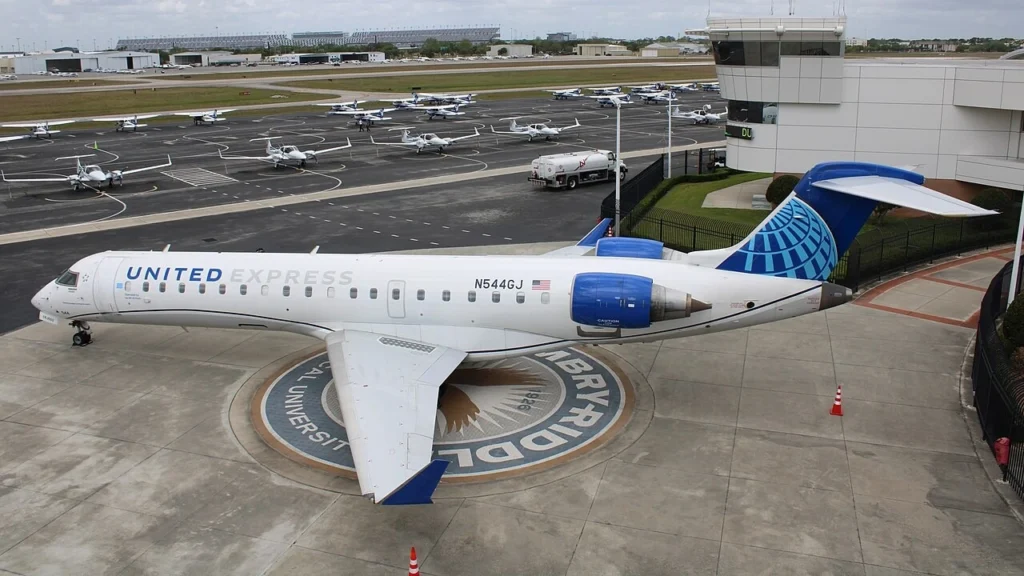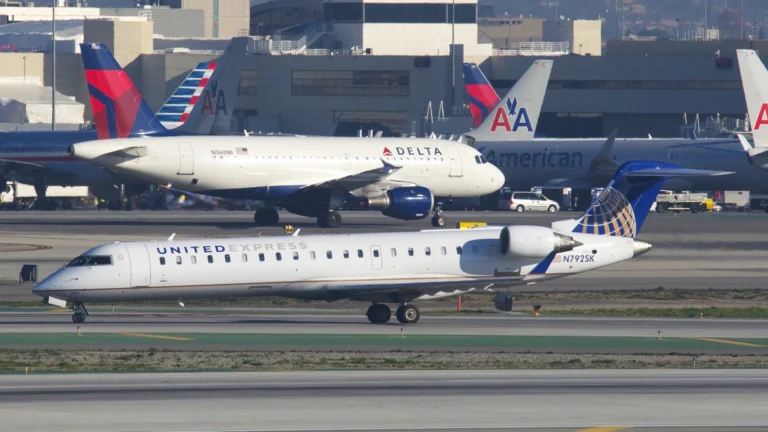WILMINGTON- A United Airlines (UA) flight from Wilmington International Airport (ILM) to New York’s Newark Liberty International Airport (EWR) aborts takeoff at ILM on May 24, 2025.
The Chicago-based airline confirmed the incident involved Flight UA from ILM to EWR. The aircraft halted abruptly during its takeoff roll, prompting a return to the gate. The pilot later informed passengers that a complete engine shutdown had occurred.

United Flight Aborts Takeoff at Wilmington
According to passenger accounts, the aircraft had already been delayed over five hours when it finally began accelerating for takeoff.
Suddenly, the plane came to a full stop, and silence overtook the cabin. The pilots exited the cockpit and informed passengers that the engine had completely failed and the flight would be rescheduled for the next morning.
This abrupt halt before liftoff is classified as a rejected takeoff (RTO). Aviation professionals later explained that the aircraft’s systems performed correctly: once the engine failed before reaching V1 speed—the critical decision speed in a takeoff roll—the safest option was to abort.
Engine failures at takeoff are rare but critical scenarios that pilots rigorously train to handle. Common causes of engine failure include:
- Bird ingestion
- Compressor stall
- Foreign object debris (FOD)
- Fuel leaks or fires
- Mechanical part failures
- Improperly secured components
In this case, the crew suspected a failure related to the generator, which powers hydraulic systems necessary for flight control.
Regardless of the exact cause, pilots are trained to identify and manage these emergencies, relying on strict procedures and decision speeds like V1 to guide their response.
Aircraft like the one used on this United Airlines (UA) route are certified to fly safely on a single engine and include multiple system redundancies to avoid catastrophic failures.

Similar Incidents
While unsettling for passengers, aborted takeoffs are a built-in safety mechanism. A similar scenario occurred on a CRJ aircraft years ago when an electrical fire broke out mid-takeoff. The pilot circled and landed safely.
In another case, a bird strike during takeoff on a Denver to Honolulu flight led to a right engine failure and emergency return.
Despite the visible effects, like fuel dumping to lighten the aircraft, passengers reported the flight felt smooth due to the redundancy systems and the crew’s professionalism.
These examples highlight how modern aircraft and flight crews are equipped to handle serious incidents without compromising safety.
All commercial pilots undergo simulator training for engine failures before and after V1 speed. Aircraft are designed with fail-safes and backup systems to ensure flight control even with a complete engine loss. Pre-flight checks, engine spooling protocols, and maintenance inspections further reduce the chances of failure.
While passengers may experience fear during such events, aviation professionals emphasize that the systems and training in place make modern air travel one of the safest forms of transportation.
Stay tuned with us. Further, follow us on social media for the latest updates.
Join us on Telegram Group for the Latest Aviation Updates. Subsequently, follow us on Google News

